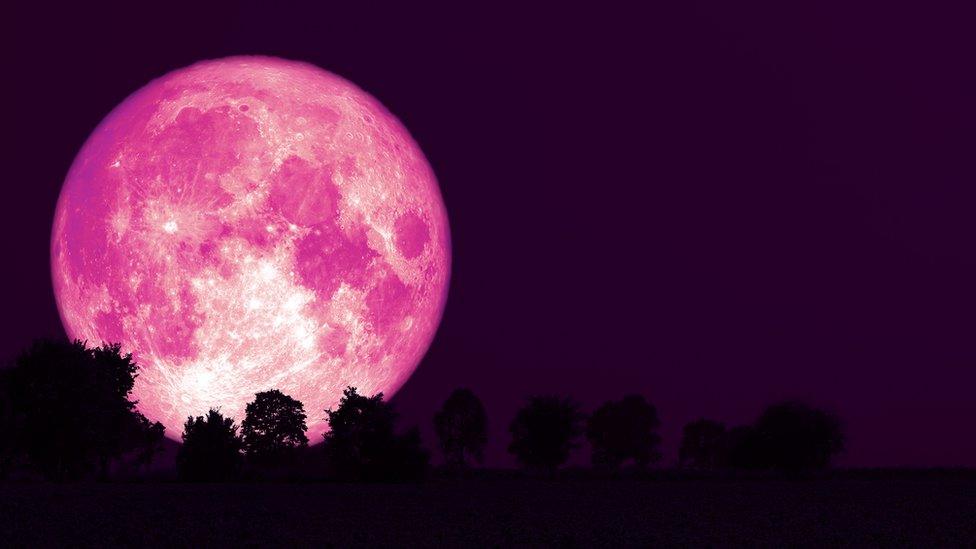Lyrids meteor shower 2024: When is it? How can I see it?
- Published
- comments
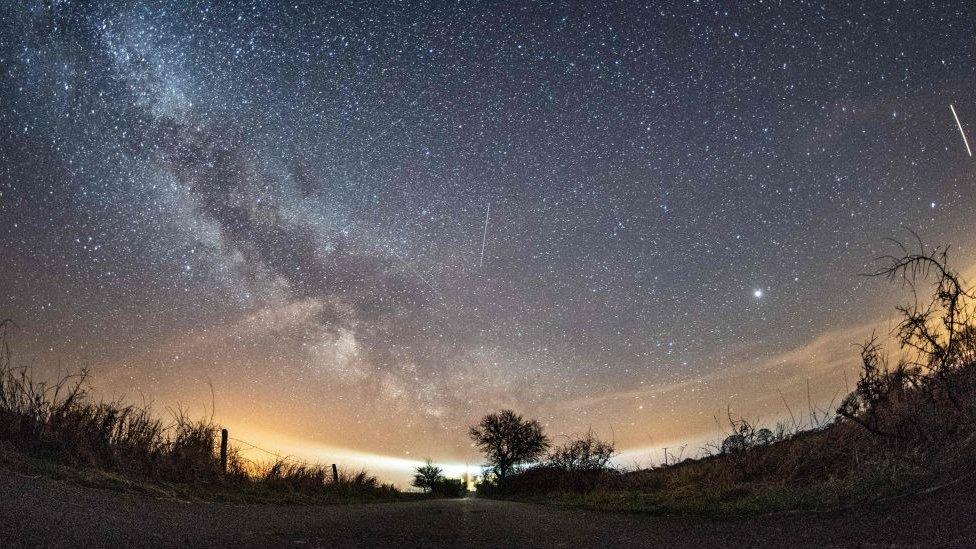
The Lyrids meteor shower takes place every year around mid to late April
Astronomy fans will be craning their necks upwards over the next few weeks as the Lyrids meteor shower will be visible in the night's sky!
The amazing sight happens every year, and in 2024 it'll be active from 14 to 30 April.
It's set to hit a dazzling peak on the nights of 22 and 23 April, when it'll be most visible to the naked eye.
The Lyrids is one of the oldest known meteor showers and has been observed for more than 2,500 years.
It's noticeable for its fast, bright meteors - and can produce as many as 100 shooting stars per hour!
Find out more about the Lyrids below and don't forget to let us know in the comments if you're planning on watching the meteor shower this year!
What is the Lyrid meteor shower?
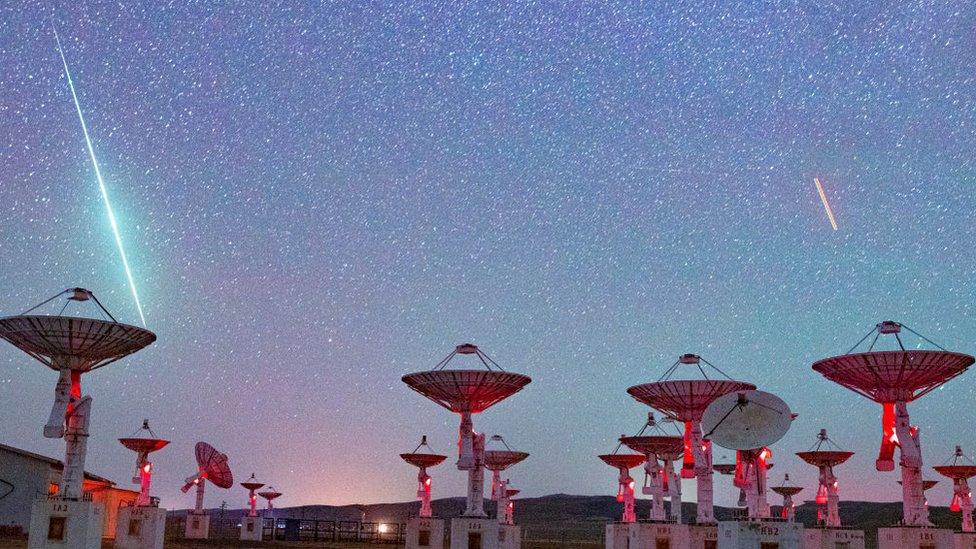
A shooting star of the Lyrid meteor shower is observed from China's Mingantu Observing Station of National Astronomical Observatories
Many meteor showers are caused by debris from a passing comet. For the Lyrids, the comet is named Comet Thatcher.
The comet was found in 1861 and takes 417 years to go around the Sun!
Thatcher is located in our sky in the direction of the constellation Andromeda. Its path brings it close to the Earth's, then takes it really far away.
The debris from Comet Thatcher is what enters Earth's orbit each year, to create the meteor shower.
Unlike some other meteor showers, Lyrids don't tend to leave long, glowing dust trains behind them - but they can occasionally produce a bright flash called a fireball.
The Lyrid meteor shower also seems to make an 'outburst' or produce an unexpectedly large number of meteors, every 60 years.
The next Lyrids 'outburst' is due in 2042.
What are meteors?
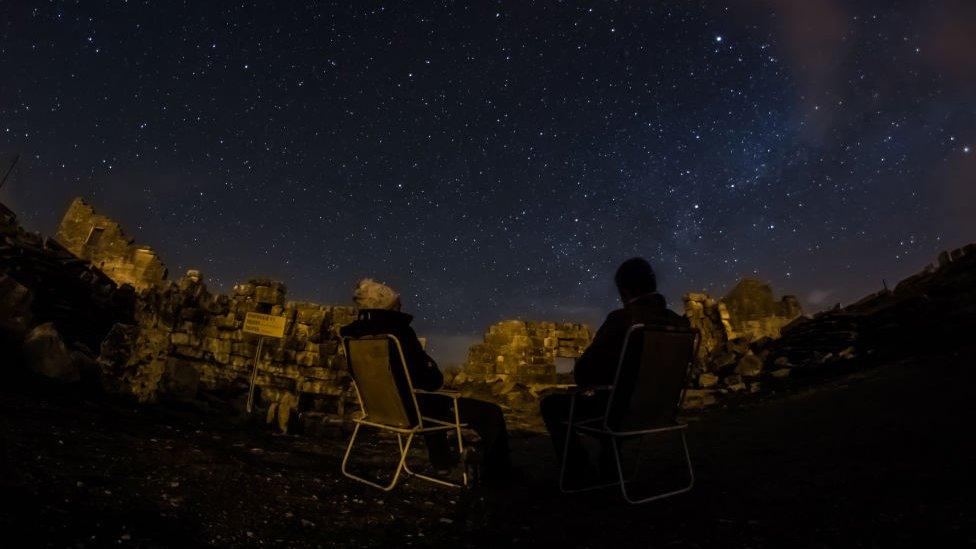
Are you sitting comfortably? These guys had the right idea when they sat down to watch the Lyrids meteor shower
A meteor is a space rock that falls into the Earth's atmosphere and, as it falls, it gets very hot.
The rock gets so hot that a visible glow is created around it.
So, what we see isn't actually the falling rock - it's the glowing heat around it - racing across the sky!
When lots of meteors fall all at once around the same place, the glow of heat around them, gets brighter so we can see them.
This often looks like a shower of light in the sky.
The meteors we see have little to no chance of hitting the Earth - they are usually really small, from the size of a grain of sand to a small boulder, and burn up before they can reach us.
How can you see a meteor shower?
WATCH: Newsround's beginner's guide to astronomy
Once you know when a meteor shower is happening you don't need a lot of fancy equipment like a telescope, just a clear night with no clouds, warm clothes and some patience.
It's important to wrap up warm as you might be sitting still for a long time - don't get cold!
Get in a comfy position, perhaps lying back on a chair, so you don't strain your neck, turn off any lights you can and go to the darkest part of the garden.
Give your eyes about 20 minutes to adjust to the darkness, then sit back, keep watch and enjoy.
- Published16 April 2020
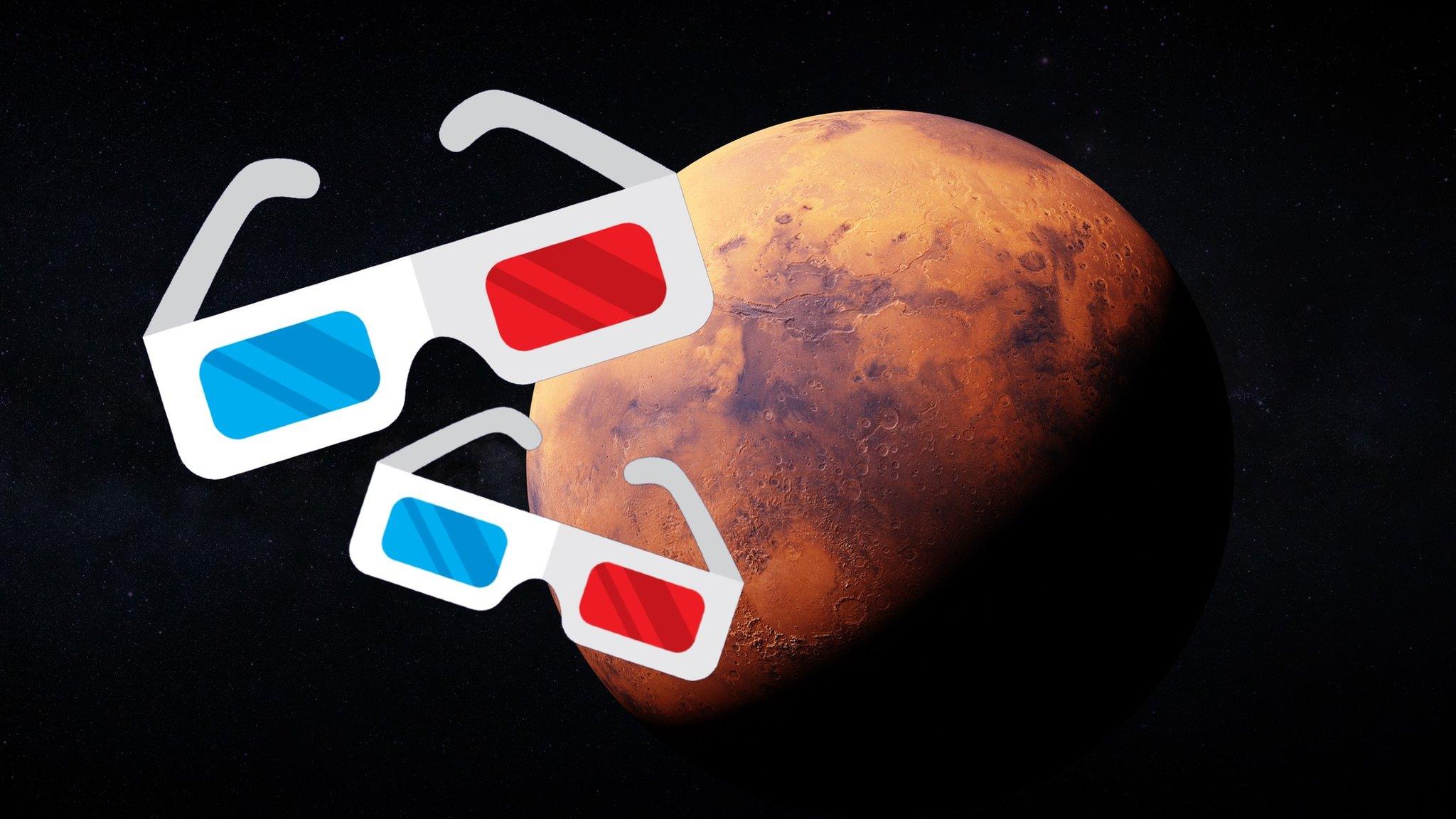
- Published20 June 2024
